
In the sea of fast fashion and ever-changing trends, it may seem that spotting quality garments is a daunting task, but if you know what to look for and you keep a keen eye out, you’ll soon spot them.
Check the Label
Before heading to the checkout, check the labels on the inside of your garments. While it’s easy to assume that all natural fibers such as 100% wool, cotton, silk, and cashmere are always the way to go, synthetic fabrics also have their own benefits. Polyester, rayon, or blended fabrics sometimes have the benefit of being wash-and-wear as well as being easy to maintain. However, natural fabrics can always be relied upon most especially when it comes to cold weather clothing. Wool sweaters will stand up better than knitwear made of acrylic fibers.
Checking fabric labels will also help you discern whether the fabric the garment is made of will suit your purpose. Synthetic fibers like Lycra is the best for athletic wear, while natural fibers are best for dressing for the weather. Blended fabrics are very common these days, and for good reason but try and look for at least 80% natural fibers to ensure the best quality possible.
Hold the garment against the light
Unless a piece of clothing is expressly supposed to be sheer, it’s worth holding it up to the light and inspecting it for flaws and transparency. While all the lovely ladies below purposely wore these outfits (go figure), there’s nothing worse than finding yourself exposed when do didn’t mean to. Cheaper fabrics are often thin and contain many minor flaws.
Loose threads and uneven seams are a no-no
A quick close look at a garment can reveal loose threads and uneven seams, which is always a tell-tail sign of low quality. Look inside the garment and gently pull the seams apart and if the seam pulls apart it means the stitch tension was too lose or the stitch length too long. Likewise stitching can be too tight or close which can cause buckling along the seam. Either way the garment’s seams will be weak and likely to tear open after just a few wears.
Serged seams or double straight seams are generally stronger and, therefore, preferable to single straight seams.
Also look at the hemline; uneven hems are one of my biggest peeves.
Look for lining and well made button holes
Closely stitched and reinforced button holes are signs of good workmanship and while it may be a trend that some items are unlined, a lined garment improves the look of the garment, slides on more easily and will hide lumps and bumps if the garment is a little on the small side.
Another quality sign is the addition of extra thread and a button and also indicates that the manufacturer, brand, or designer cares about future wear.
Matched Patterns at the Seams
When buying a piece of clothing with a pattern or print, take the time to double check whether the patterns match up when it meets at the seams. This may seem trivial, but it is precisely this sort of detail that separate poor quality from good quality garments.
Zip and Unzip
At times, something as simple as a zip can make or break a garment. When trying on something, pay close attention to the ease that it zips and unzips. A quality garment will also have a quality zipper and closures that make getting in and out of the garment an easy task. Scrutinize the alignment and placement of the zipper as well.
Seam Allowance
Lastly look at how much seam allowance the garment has. Better quality labels have seam allowances that allow for letting the garment out without compromising the garment. The seams are also better reinforced. Skimpy seam allowance especially when teams with poor over locking is a recipe for a wardrobe malfunction.
There you are. Next time you hit the stores you should be a little wiser.
If you enjoyed this week’s feature
please like it on Facebook or Instagram
or leave a comment/question below.
Thank you.
Ann Reinten AICI CIP
Author
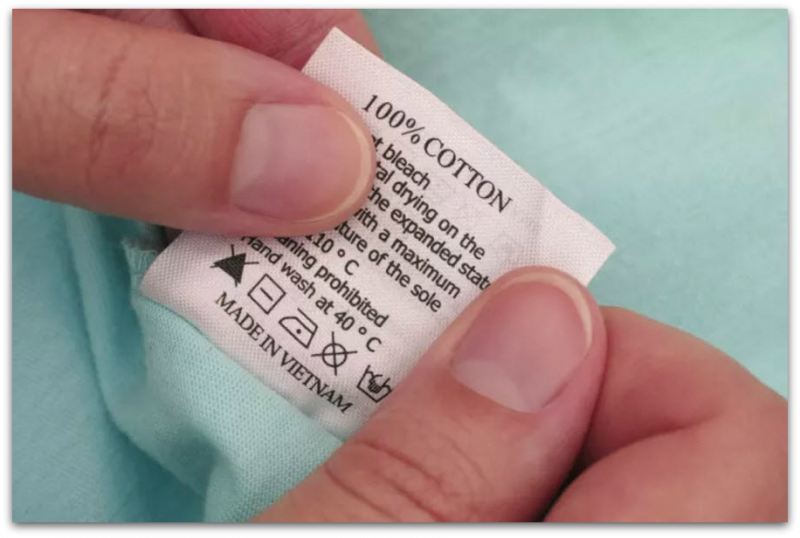
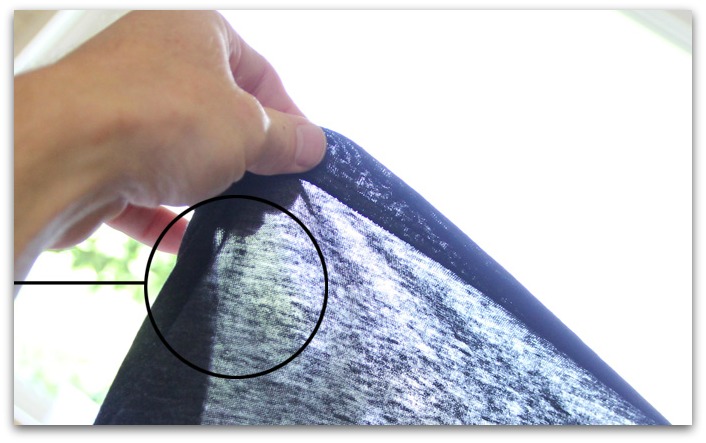
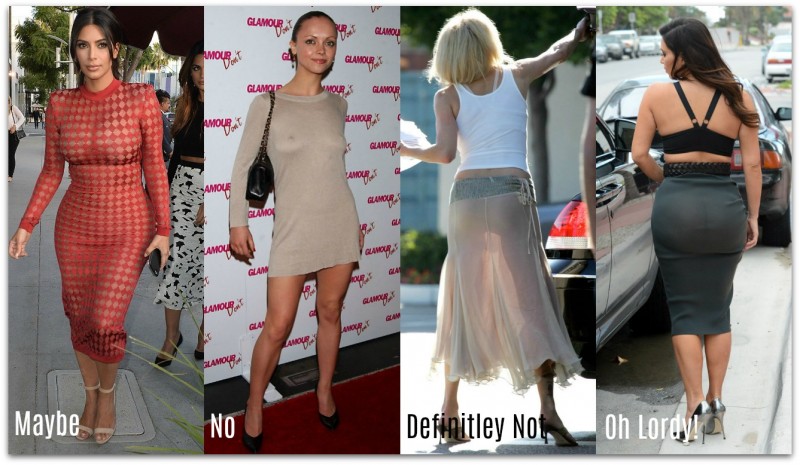


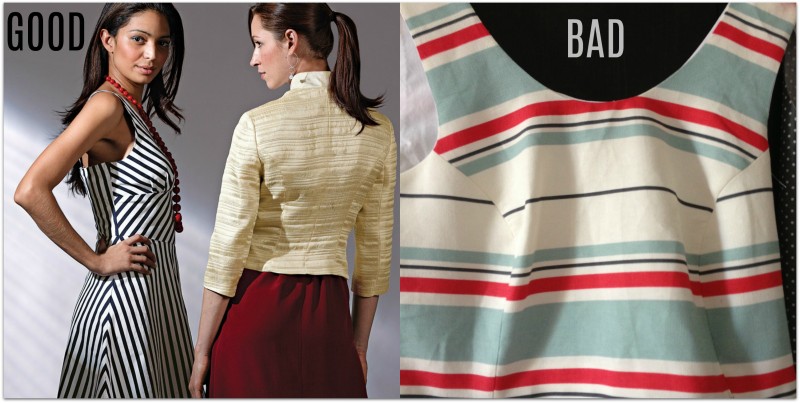
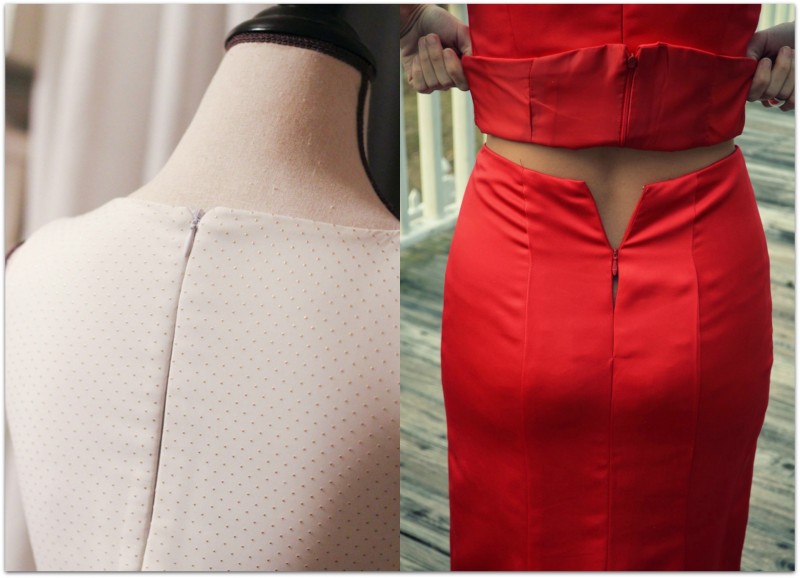


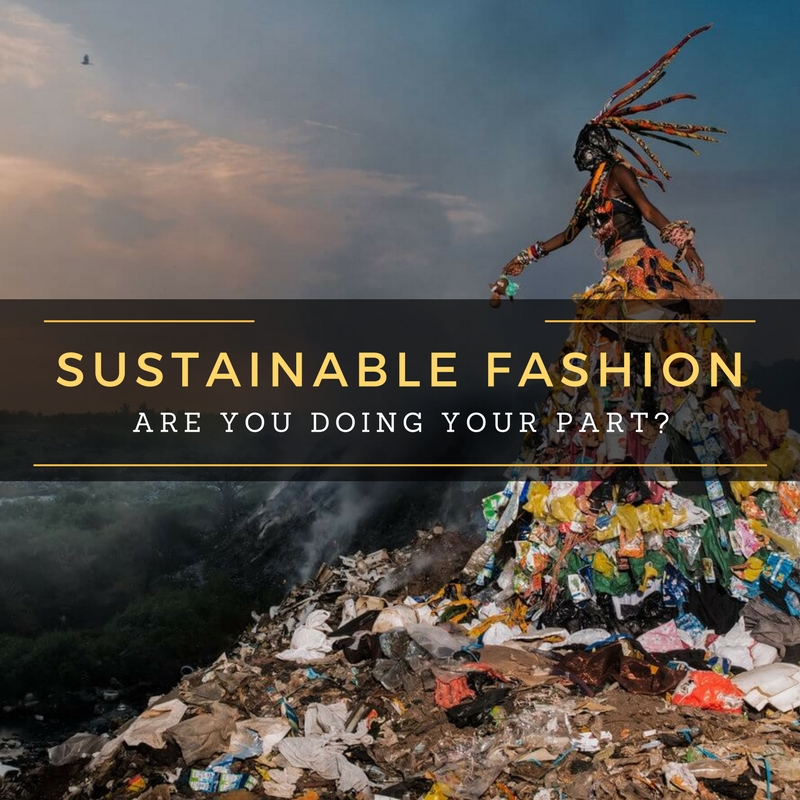

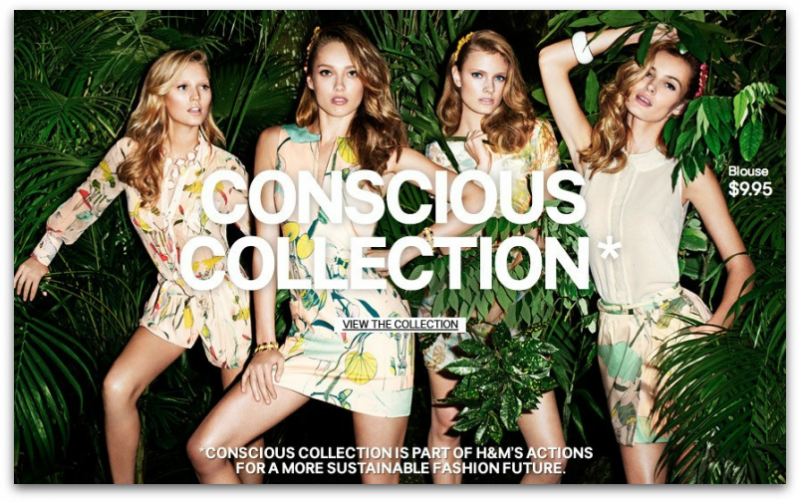
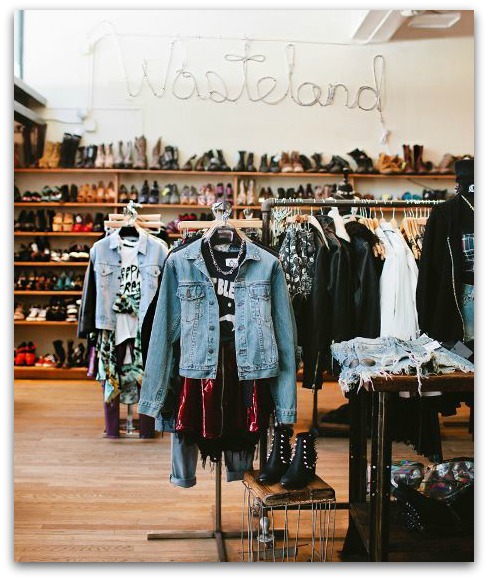
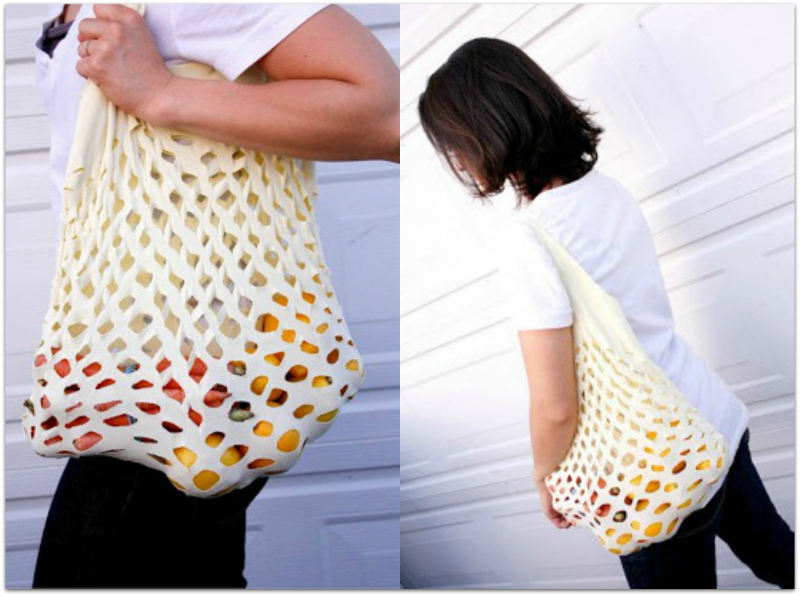
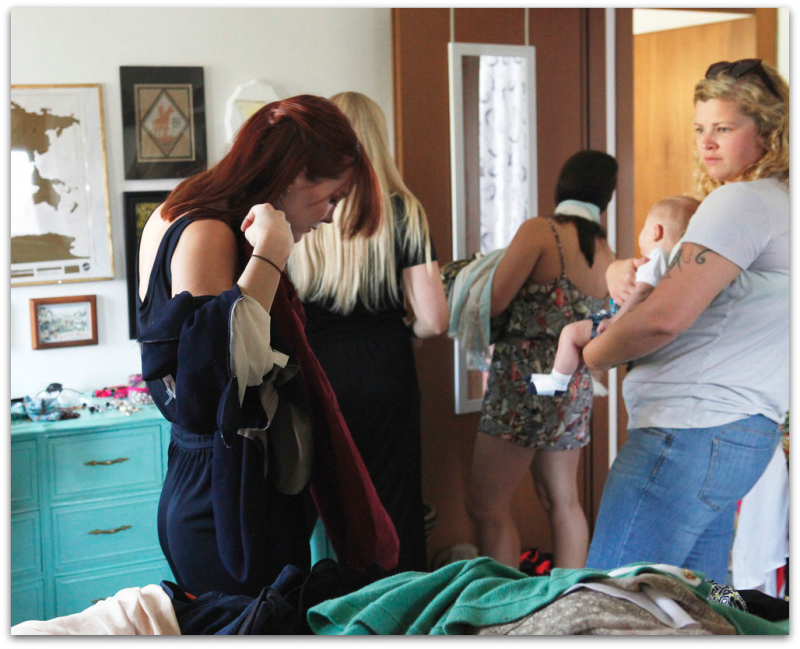
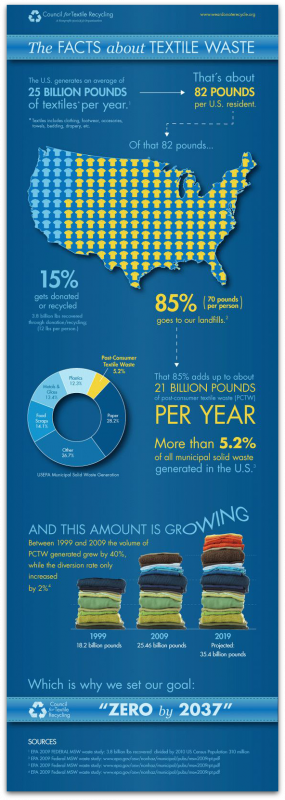
Recent Comments